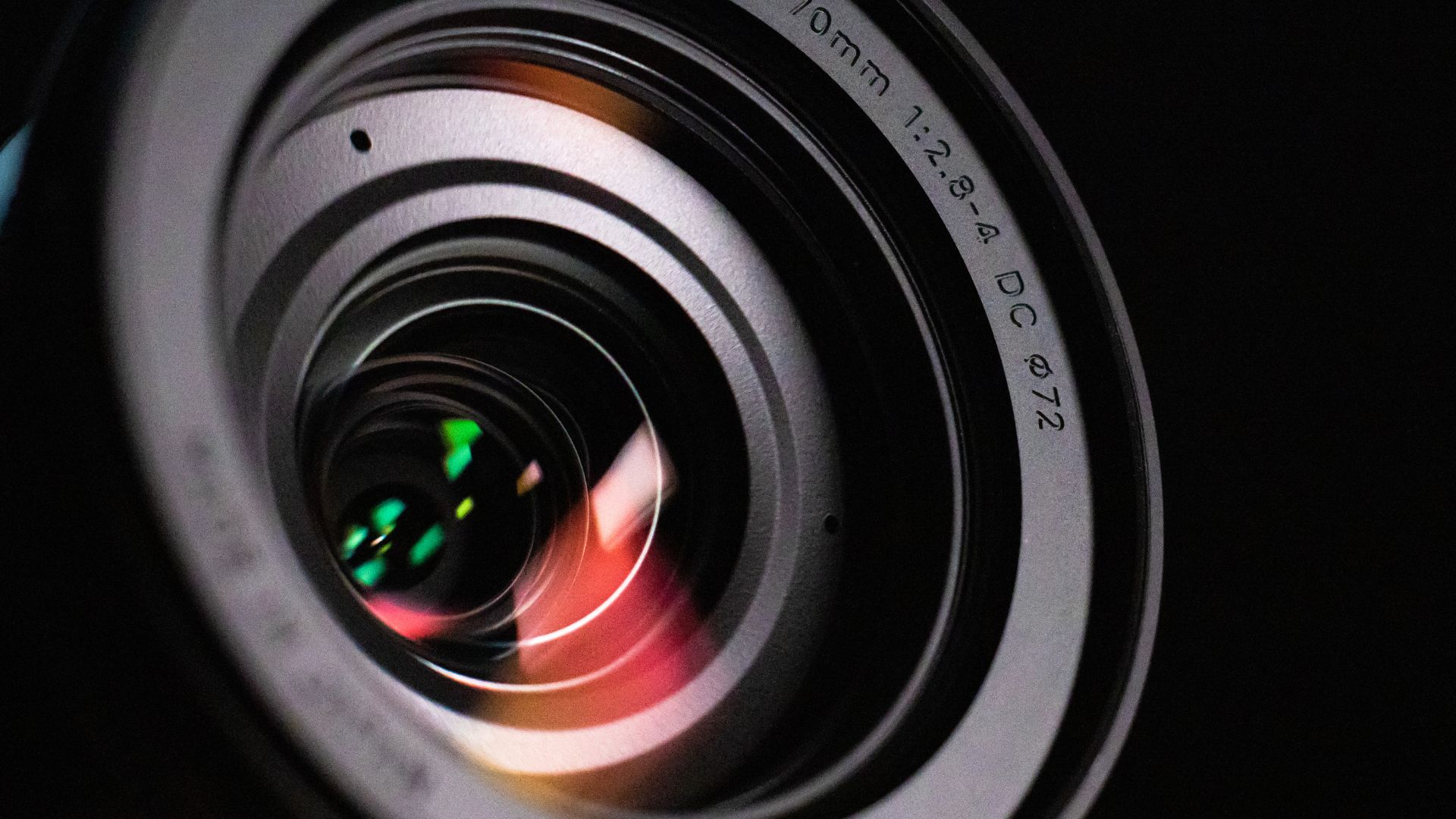Focal Length Photography
As an expert in photography, I delve into the intricate world of focal length photography. Understanding focal length is crucial for photographers as it directly impacts the composition and perspective of their images. Essentially, focal length determines how zoomed in or out a photograph appears, influencing the field of view captured.
When discussing focal length photography, it’s imperative to note that it is measured in millimeters (mm) and can range from wide-angle to telephoto. A shorter focal length, such as 24mm, captures a broader scene with more background detail, while a longer focal length, like 200mm, brings distant subjects closer and creates a compressed perspective.
The relationship between focal length photography and image distortion is significant. Wide-angle lenses distort perspectives, exaggerating objects closer to the camera, while telephoto lenses compress distances, making far-off subjects appear closer together. Mastering the nuances of focal length empowers photographers to convey their desired visual narrative effectively.
Understanding Focal Length in Photography
Let’s delve into the fascinating world of focal length in photography. It’s a crucial concept that greatly impacts how images are captured and perceived. When we talk about focal length, we’re referring to the distance between the lens and the image sensor when an image is in focus.
In simple terms, FOCAL LENGTH DETERMINES THE ANGLE OF VIEW of a photograph. A longer focal length results in a narrower field of view, which can make distant subjects appear closer and more magnified. Conversely, a shorter focal length provides a wider angle of view, ideal for capturing vast landscapes or group shots.
Different lenses offer varying focal lengths, such as telephoto lenses with LONGER FOCAL LENGTHS for zooming in on distant subjects and wide-angle lenses with SHORTER FOCAL LENGTHS for expansive scenes. Understanding how focal length influences composition is essential for photographers looking to convey specific messages or emotions through their images.
Photographers often experiment with different focal lengths to achieve desired effects. For instance, using a telephoto lens at its maximum focal length can beautifully compress elements in a scene, creating visually striking images with enhanced depth and perspective.
In conclusion, mastering the concept of focal length opens up a world of creative possibilities for photographers. By harnessing the power of different focal lengths, one can truly elevate their photographic storytelling and produce captivating visuals that resonate with viewers on multiple levels.
Types of Focal Lengths and Their Uses
Understanding the various types of focal lengths in photography is crucial for capturing images with different perspectives and effects. Here, I’ll delve into the common focal lengths used in photography and their specific uses.
1. Wide-Angle Lenses (24mm-35mm):
Wide-angle lenses, typically ranging from 24mm to 35mm, are ideal for capturing expansive scenes or architecture due to their broad field of view. They excel at emphasizing foreground elements while creating a sense of depth in the image. Additionally, wide-angle lenses are great for interior photography and landscapes where you want to include more of the surroundings in a single frame.
2. Standard Lenses (50mm):
Standard lenses with a focal length around 50mm closely mimic the human eye’s perspective, making them versatile for various types of photography. These lenses produce natural-looking images with minimal distortion, making them popular choices for portraits, street photography, and everyday shooting situations.
3. Telephoto Lenses (85mm-300mm+):
Telephoto lenses, ranging from 85mm to over 300mm, excel at bringing distant subjects closer and compressing the scene. They are perfect for wildlife photography, sports events, and portrait shots where you want to isolate your subject from the background. The longer focal lengths also create pleasing background blur (bokeh) that helps emphasize the main subject.
Each type of focal length offers unique advantages depending on your photographic needs. Wide-angle lenses capture vast scenes with depth, standard lenses provide a natural perspective suitable for many scenarios, while telephoto lenses bring distant subjects closer with beautiful background blur. Experimenting with different focal lengths can help you discover new creative possibilities and enhance your photographic skills.
By understanding how each type of lens affects your composition and subject portrayal, you can elevate your photography by choosing the most appropriate focal length for each situation.
